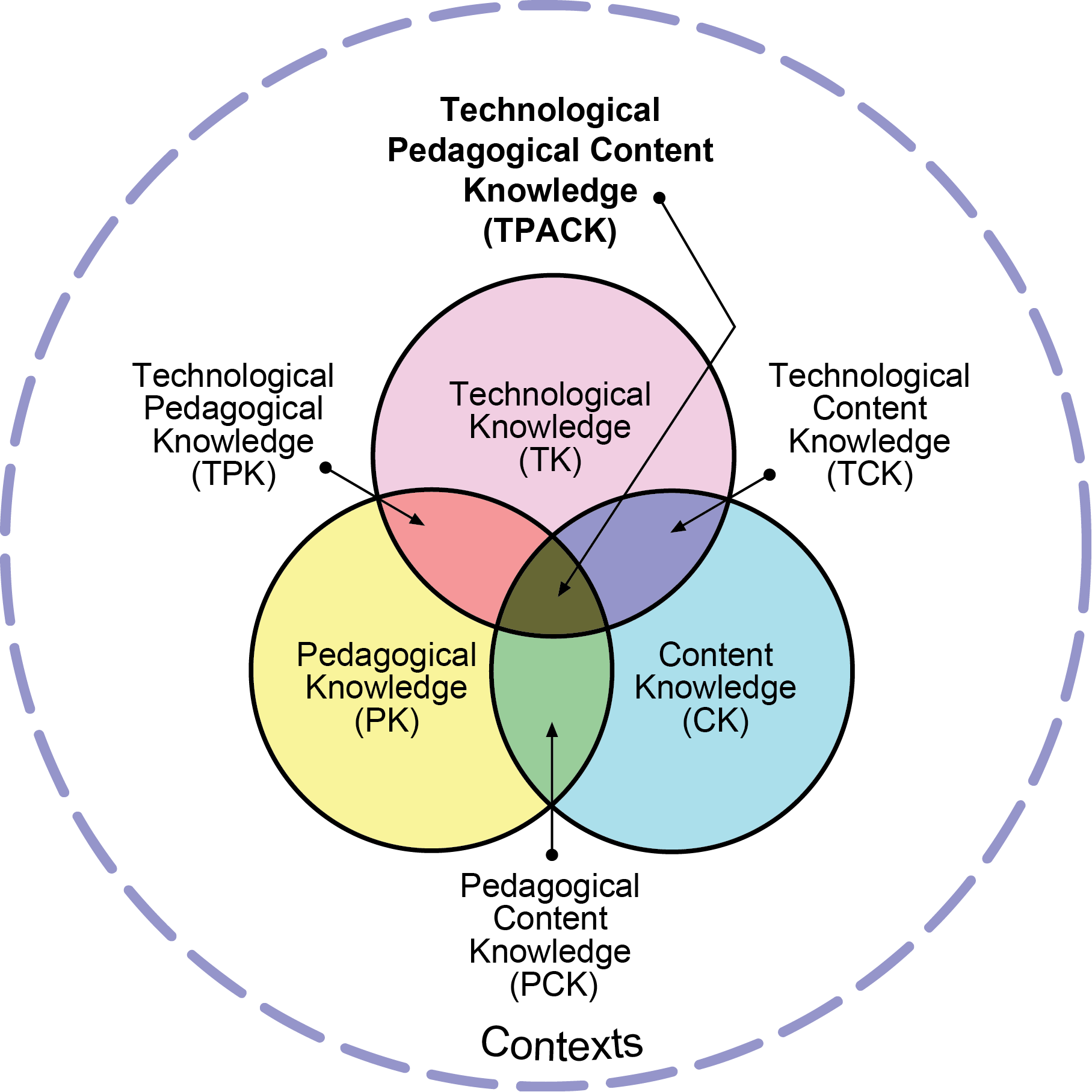Video Production (UBC – ETEC 510)
One of the first assignments in ETEC 510 was the production of a stop-motion video for the course wiki. Because it was my first video and I didn’t feel comfortable voicing it (too many “um”-s and “aah”-s), I chose to do it in the form of a silent film.
One of the challenges with this project was the requirement for it to be a stop-motion animation. This meant a lot of “quality time” with my printer and a pair of scissors. I considered using a service like Videoscribe or something similar, but I don’t like the fake “hand-drawing” effect used in those videos – it seems intended to be evocative of sketch-noting (which is a really neat skill), but I just don’t think it’s done well. So, I did my animation the old-fashioned way and am fairly happy with the result.
I think it’s interesting that my first YouTube video dealt with Self-efficacy. Although I didn’t notice or think about it at the time, it actually helped to increase my own feelings of self-efficacy when it came to video production. I hadn’t even considered using video (of my own) to teach because … well, I’m sure I would have come up with various plausible-sounding excuses. But, simply put, it had never crossed my mind as something that I could do.
The production of this video has given me the confidence to produce more of them. With each one, I’ve gained more confidence and learned about things like storyboarding, the importance of having a “script”, and the fact that my phone’s microphone is the best option for recording the voice track. At this point, I have a fairly well-established workflow, which helps me get my videos produced more efficiently.
As I look over some of the videos I have produced over the last few years, it is clear that I have been trying to transition to a more visual format, with less text and more images. I tend to use presentation software to generate slides, and then record my desktop along with a narration. The move to a visual style is supported by cognitive psychology research of Mayer (2014), and I feel it has made the presentations a little more appealing and has removed some redundancy.
The challenge I am still faced with, when making these videos, is breaking up my intended video content into smaller chunks. Analysis of millions of students’ viewing of thousands of videos in MOOC courses seems to indicate that the optimal length is about 6min (Guo, Kim & Rubin, 2014). One way in which I could potentially get around this time limit is suggested by the work of Kim et al (2014); they suggest providing ways to quickly access key parts of the video (ie. some form of a bookmark), which might help students break up the video into chunks on their own.
Another potential solution could be the inclusion of periodic assessments in the videos, which has been shown to increase engagement and viewing completion (Kovacs, 2016). While YouTube lacks this functionality at the moment, I plan to explore the use of a tool called H5P, to which I was recently introduced, to add interactivity to my videos.


